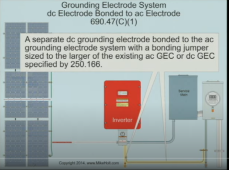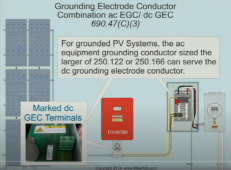MarkSolar
Solar Enthusiast
If you have more than 2 strings you have to use fuses or you risk damaging the other stings if one string gets a short. So you don't have any choice about fusing unless you can figure out how to combine things to only have 2 strings. Bear in mind that fuses are easily/cheaply available in 600v and 1000v versions, above that I'm not sure what it costs or where you get it. So you'll need to look at the combinations of how much voltage and current you get by combining things different ways. If you have 16 panels per string, that's probably Vmax greater than 600v but less than 1000v, so you'll be able to find fuses, but the box and fuse holders will cost you more money than if you had a lower voltage configuration. I've lost track of how you arrived at the configuration of 16 panels per string, would there be any problem having 12 strings of 8 panels each for example? That would bring your voltages down to a more easily fused configuration. It might even be low enough that you could use breakers, which is much more convenient.




